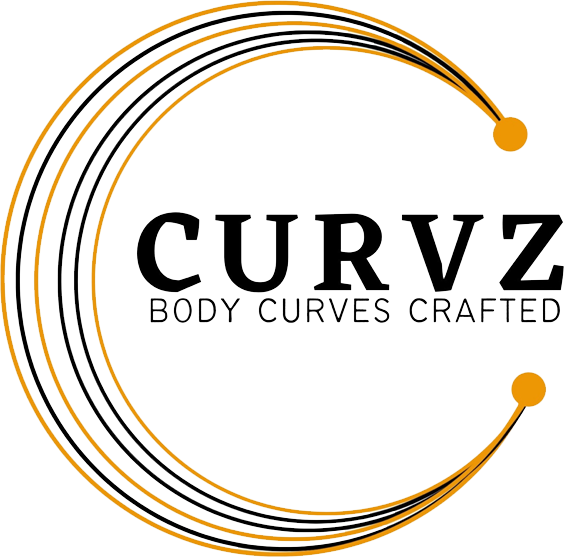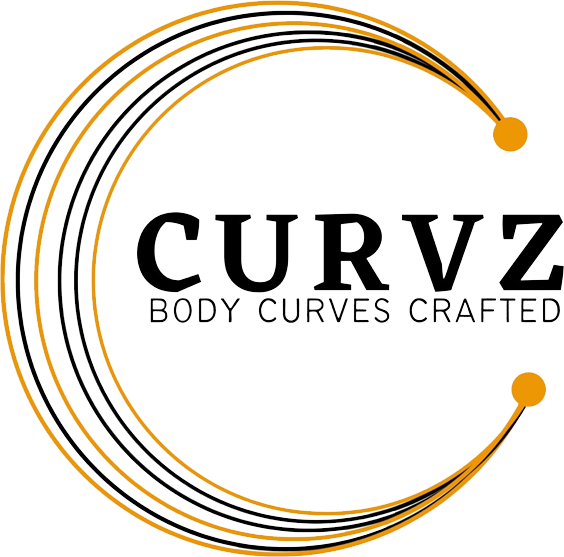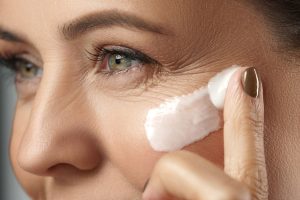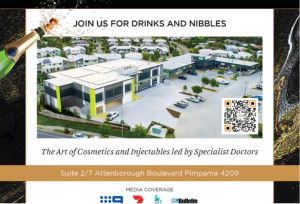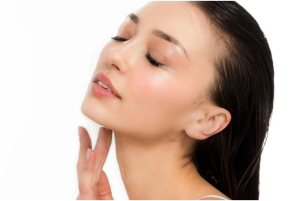
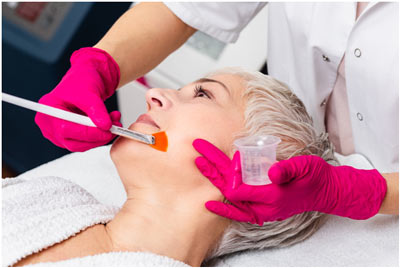
Chemical Peels Collection

At Curvz we use award winning Australian brand ASAP for clinical peels
To achieve this goal is the use of chemical peels (mixtures or single acids for exfoliation). Their undeniable advantage is the possibility of individual selection of the appropriate mixture depending on the problems your skin is struggling with.
The first references to chemical peels appeared in the only completely preserved medical scroll from ancient Egypt. Even then, women of high status used sour milk baths, which contain lactic acid, which is AHA (alpha-hydroxy) acid.
Although their history goes back thousands of years, chemical peels are still widely used as the standard beauty procedure. Today, medicine and cosmetology have at their disposal improved formulas of exfoliating acids. This allows them to be used in many indications and for almost all skin types.
Chemical peels are also called chemical or dermatological acids because the most common exfoliating substances are AHA acids or BHA acid. They are used in treatment procedures through exfoliation.
What can peels do?
Although the effects of acid or mixture exfoliation depend on the type of acid, the common benefits include:
– uniforms skin tone
– gives the skin a radiant, healthy appearance
– reduces enlarged pores
– stimulates microcirculation
– oxygenates and nourishes the skin
– reduces or removes superficial discoloration
– refreshes the skin
– improves the skin elasticity, tension and firmness
Benefits of using chemical peels
Depending on the initial condition of the skin, rejuvenating, cleansing, regenerating, moisturizing, depigmentation (reducing discoloration), anti-wrinkle, anti-acne and acne scar reduction peels can be used. The benefits obtained depend on the application of the particular mixture.
How does exfoliation work?
Chemical peels penetrate the skin and cause its outer layers to peel off. They work by loosening the connections between skin cells.
With the help of a chemical substance, a controlled process of epidermal damage takes place. It becomes an impulse to stimulate natural regenerative processes – mechanisms are activated that increase the rate of cell division of the epidermis. Exfoliation of its outer layers allows the skin to get rid of excess sebum and callous cells. As a result, the sebaceous gland openings become narrower and the skin surface is smoothed.
Under the influence of exfoliating acids, a cascade of regenerative reactions is triggered, also in the dermis.
Indications for acid exfoliation:
– oily, combination and acne skin
– seborrhea and enlarged pores
– dry, dehydrated and dull skin
– signs of aging such as wrinkles and loss of skin firmness
– gray, tired and rough skin
– superficial discoloration
– photoaging
Depending on the product used, the exact procedures differ from one another. However, the typical procedure is shown below:
The first stage includes preparing the skin for the treatment by removing makeup and degreasing. Then, the areas of the nose and the mouth are covered with petroleum jelly; the eyes are covered with cotton pads, and a cap is placed on the hair.
The second stage involves applying the formula to individual areas with a brush. After a specified amount of time has passed, the chemical peeling is neutralized with a special neutralizer, which is then washed off with water. Not all acids require a neutralizer – for example, salicylic acid and TCA are removed with water. Sometimes it is necessary to apply several layers of peeling in one session.
The third stage involves calming the skin by using a calming mask.
After the treatment, the skin resembles a sunburn (both in appearance and sensation).
Depending on the preparation used, a slight exfoliation may appear that does not require a convalescence period (e.g. after the use of mandelic acid). However, in the case when strong, deeper peels such as highly concentrated TCA is applied, then a very strong reaction in the form of a dark crust may form on the skin which then starts to peel off after a few days. In such a case, one should take into account that it may take about a week to recover.After the treatment, the skin resembles a sunburn (both in appearance and sensation).
Depending on the preparation used, a slight exfoliation may appear that does not require a convalescence period (e.g. after the use of mandelic acid). However, in the case when strong, deeper peels such as highly concentrated TCA is applied, then a very strong reaction in the form of a dark crust may form on the skin which then starts to peel off after a few days. In such a case, one should take into account that it may take about a week to recover.
Can the treatments with exfoliative acids be carried out all year round?
Formulas leading to strong exfoliation make the skin very susceptible to sunburn. This increases the risk of collagen damage and the formation of new wrinkles and pigmentation spots. Some acids can be used all year round, but the vast majority of traditional acids should not be used in summer and spring. The best time to use chemical peels are autumn and winter.
Currently, there are preparations available on the market that are gentle and non-photosensitizing. Azelaic, mandelic and ferulic acids are worth mentioning among the traditional substances that can be used in the summer.
How many treatments are recommended?
The number of treatments in a series depends on many factors:
– formula used
– the baseline skin condition
– expected results
– skin reaction to the formula.
One treatment can be used to refresh, cleanse and make the skin look healthier. To achieve more spectacular effects, such as rejuvenating effects, reduction of discoloration and scars, etc., you need to undergo more treatments (usually 4-6).
What are the different types of chemical peels ypes of chemical peels
The strength of the peeling depends on the type and duration of skin impact, concentration and pH of the formula.
CONSULTATION
In addition to your treatment, all procedures include free of charge consultation, a skin analysis.
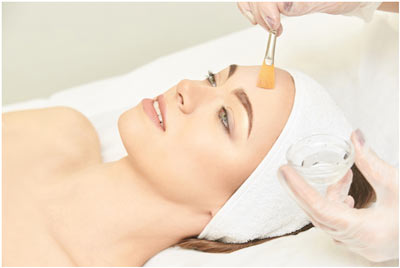
Ask us a question
OUR LATEST BLOG
Details
CONTACT US
If you’d prefer to call and speak to someone in person please telephone the number below:
Pimpama
2/7 Attenborough Blvd Pimpama 4209
Paradise Point
Clinic 3-4, Corner Grice & Falkinder Avenue Paradise Point 4212
Phone
04999 28789
Best Parking
CURVZ is open 6 days a week with convenient free on-site parking
Email
admin@curvz.com.au
Ask us a question
At Curvz during the consultation we will perform an assessment of the face as well as address your concerns. We will then create an individualised plan for how we feel we can achieve your goals. We aim to create a look that has balance symmetry and is age appropriate thereby creating a natural look.
